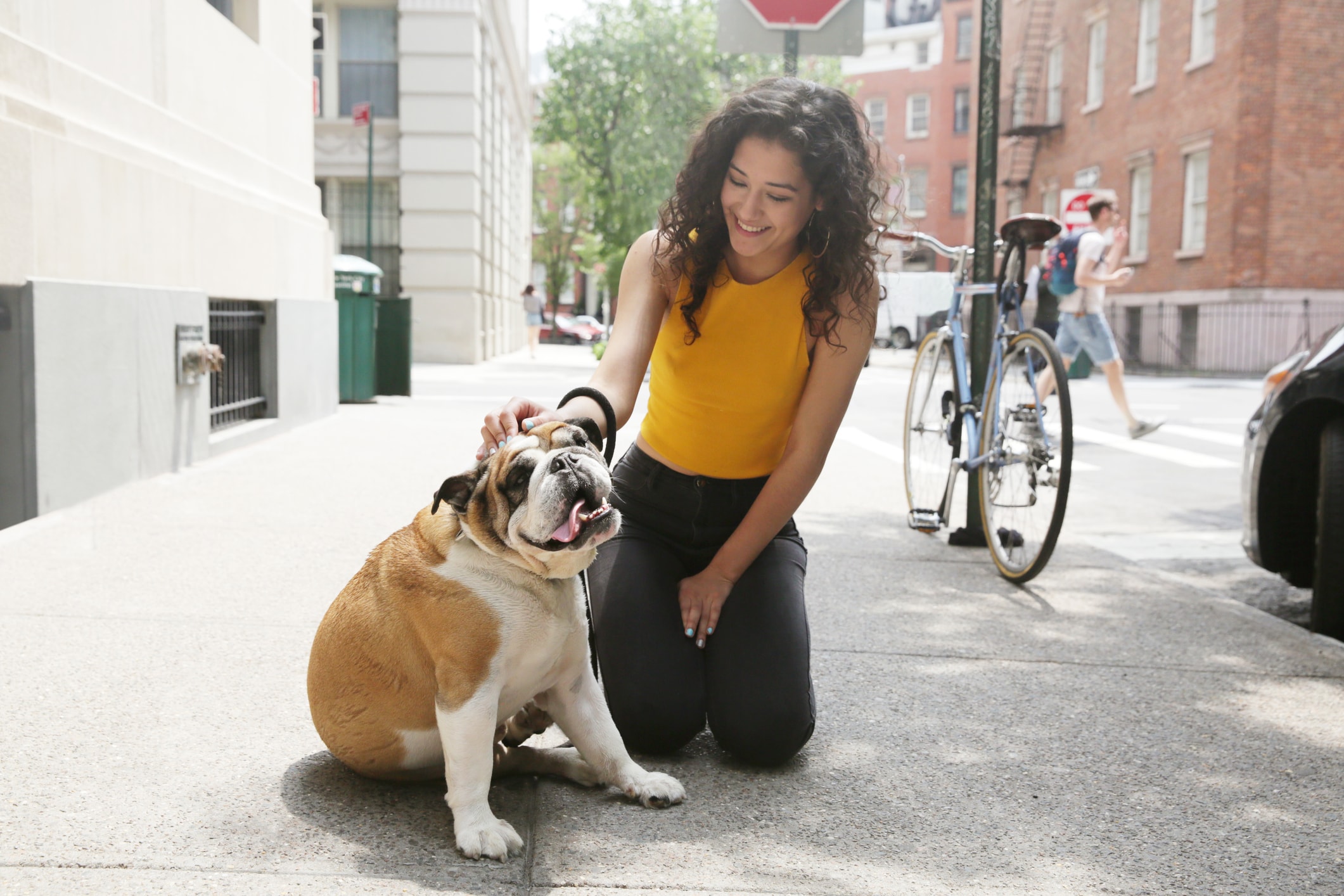Autoimmune disease in dogs means that your pup’s immune system has gone haywire — their body no longer recognizes good cells from bad cells and “attacks” itself. “An autoimmune disease can affect any part of a pet’s body such as the skin, red blood cells or platelets. The symptoms are related to the affected area,” says Dr. Tami Shearer, a certified veterinary pain practitioner and the owner of Shearer Pet Health Hospital. “For example, if a pet’s immune system attacks the red blood cells, they may present with the symptom of weakness secondary to anemia.”
Thankfully, dog owners can alleviate symptoms at home and provide a better quality of life for suffering pets. Here’s how.
Key takeaways
- Autoimmune diseases in dogs are caused by the immune system attacking healthy cells in the body. They can have varying causes and symptoms.
- Early signs of autoimmune disease in dogs can include reduced mobility, decreased appetite, fever, swollen joints and lethargy.
- A veterinarian can diagnose your dog and help you determine the best diet, treatment program and exercise regimen to help them avoid autoimmune disease symptom flare-ups and feel better.
What is autoimmune disease in dogs?
There are “two common types of immune-mediated conditions” in dogs, says Dr. Camille DeClementi, a veterinarian with the American Society for the Prevention Against Cruelty to Animals (ASPCA):
- Immune-mediated hemolytic anemia (IMHA).
- Immune-mediated athritis (IMA)
IMHA can cause jaundice and make a dog weak and his gums pale. IMA attacks your dog’s joints, causing them to become swollen and painful, and reduces mobility, appetite and energy.
What are the signs of autoimmune disease in dogs?
Shearer explains that some early symptoms of autoimmune diseases in dogs might include:
- A change in daily activities.
- Decreased energy.
- Decreased appetite.
- Mild weakness.
- Loss of muscle strength.
- Vomiting.
- Bowel irritation.
It’s important to note that symptoms can vary widely. For Johanna Dickson, a New York City dog owner, and Brad Waggoner, a dog owner from Murphy, North Carolina, the first sign of autoimmune disease in their dogs was a high fever. However, apart from that, both dogs displayed entirely different symptoms.
Waggoner’s dog, Cody, exhibited periodic lameness that limited his normally active life, but orthopedic specialists couldn’t determine the cause. “The lameness shifted. It was mostly his right front, but sometimes it would be a back leg,” Waggoner says. Cody then developed a skin issue. Later, a test indicated Cody suffers from an autoimmune disease.
Dickson’s dog, Molly, also had a lengthy road towards diagnosis. Loss of appetite, diarrhea, vomiting and lethargy were among the earliest symptoms Molly presented, initially taken to be signs of cancer in dogs. Eventually, it was determined Molly has an autoimmune disease and suffers from periodic flare-ups. Dickson can tell when symptoms aren’t under control because there’s a noticeable decrease in her dog’s energy.
How can you treat autoimmune disease symptoms in dogs?
Here’s what you can do to help alleviate painful and frustrating symptoms of autoimmune diseases and get your pup back on track.
Prescription foods
The type of diet your pet needs depends on diagnosis and symptoms, so talk to your vet. Dickson feeds Molly a dairy-free, bland diet for bowel health. This, paired with adequate water intake, keeps Molly’s digestive system regulated.
Massage
Shearer practices tui na, a form of massage that utilizes acupressure to promote good health and treat disease. You can try basic moves at home, provided by the American Animal Hospital Association.
Herbal supplements
Waggoner’s dog eats a specialized homemade diet in addition to herbal supplements to promote overall health. Cody now maintains his health with a blend of herbs called Body Sore to help relieve back pain. Waggoner also gives Cody turmeric, which can reduce inflammation, according to Dogs Naturally magazine.
Hydrotherapy
“The use of hydrotherapy may be beneficial since it can facilitate exercise in patients unable, or who find it difficult, to exercise on dry land due to painful joints,” says DeClementi. Healthy Pets has pool and bathtub exercise options.
Acupuncture
It helps reduce symptomatic pain and stimulates overall health. Shearer practices using a combination of herbal formulas and acupuncture. This should be done by a licensed veterinary with training according to the International Veterinary Acupuncture Society, but many make home visits. Search in your area, or see if your vet can refer a local practitioner.
Dickson emphasizes the importance of caregivers “sticking to [Molly’s] medication schedule and only feeding her approved foods.” Molly also “needs to be walked more frequently on days she receives her medication since she’ll have to go [to the bathroom] more.” Give dog sitters and dog walkers all medical and dietary information. Once everything’s in order, you can start to make life easier for your pup and family!
*Original article written by Lauren B. Stevens.





